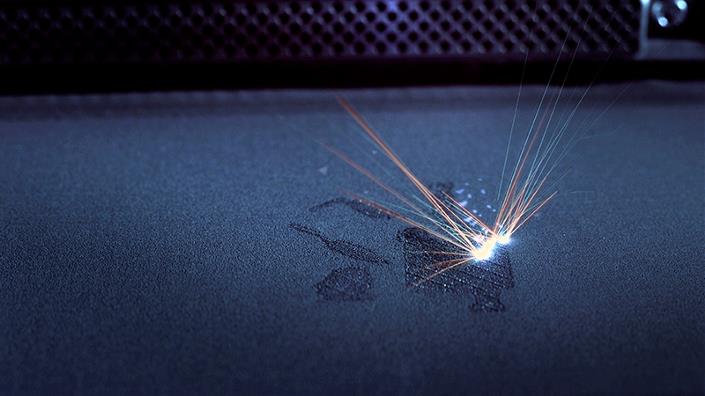Additive manufacturing has finally found a place in industry – now, engineers are making it faster to reach the next level
.
German rail operator Deutsche Bahn often sees trains remaining in service for 40 to 50 years. Rolling stock such as the Intercity-Express 3, introduced in 2000, will rattle on between Frankfurt and Cologne for another 30 years.
.
But the fluorescent tubes lighting up the trains’ helpful on-board passenger information screens last only 10 to 15 years. And, unhelpfully, their manufacturer has stopped producing them. So Deutsche Bahn has opted for 3D printing. It’s all about the need for speed. It took a month for the railway operator to print 200 tubes. Using injection moulds would have taken four times as long, says Florens Lichte, project leader for 3D printing at Deutsche Bahn. Speed ultimately pushed Deutsche Bahn, like other companies, to start 3D printing replacement parts. […]
Case Study: How PepsiCo achieved 96% cost savings on tooling with 3D Printing Technology
Above: PepsiCo food, snack, and beverage product line-up/Source: PepsiCo PepsiCo turned to tooling with 3D printing...






























0 Comments